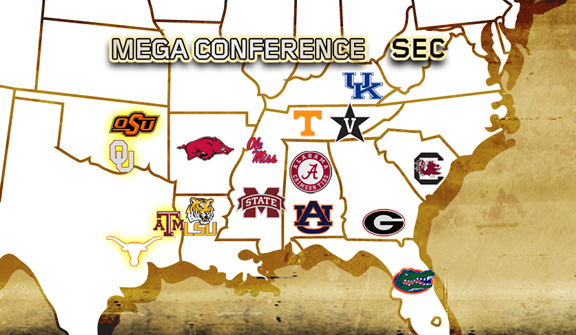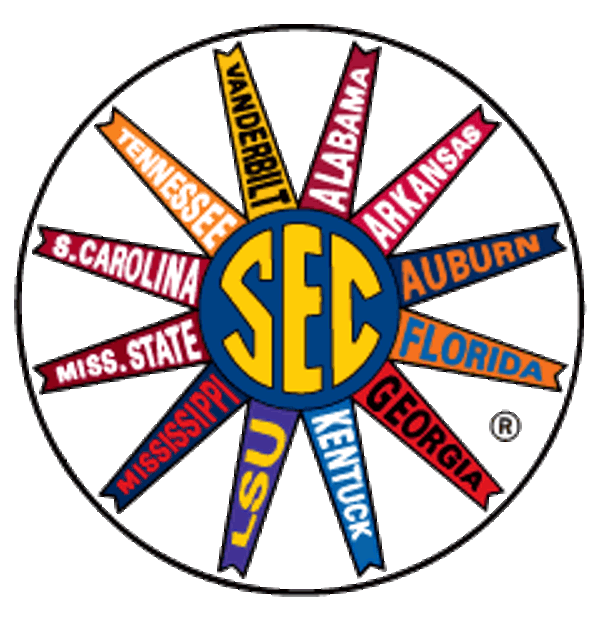

Neyland liked to play Alabama, of course, but then wanted to round out his schedule with weaker teams.” Robert Neyland, respectively, “weren’t enemies but weren’t close friends either,” according to UGA historian Loran Smith. The two coaches for most of that time, Wally Butts and Gen. Georgia and Tennessee, heated rivals now, once went 31 years between games, and even when they resumed playing in 1969, it wasn’t every year. It took an act of the state legislature to nudge the teams back into playing, and even then on a neutral field in Birmingham, only going to permanent home-and-home sites in 1999. What about the Iron Bowl, arguably the fiercest and most storied rivalry in college football? Actually, Alabama and Auburn didn’t play at all for 41 years, a drought that began after a dispute in their 1907 game: Auburn accused Alabama of using an illegal player there were arguments over officiating Alabama used a “military shift” that had never been seen - and the rivalry ceased. One was the 1971 Gator Bowl, which neither head coach attended: Vaught was recovering from a heart attack Jordan had an appendectomy.

So if Bryant and Vaught could avoid playing each other, that’s just what they would do.Īuburn and Ole Miss only met twice between 1953-1972 – both in bowl games. Bowls could invite whom they wanted, and the AP and UPI poll voters tended to vote for teams with the best records. The SEC office merely required teams to play at least six games to qualify for the conference championship. There were no parameters in place to make them play. What was the real reason? Vaught and Bear Bryant got along well, so Cleveland suspects that the two coaches had a gentlemen’s agreement: Why should we beat up on each other when there are so many other teams we can beat? Later, I found out, the Alabama players were told it was because we refused to play them,” Robert Khayat, an Ole Miss player in the 1950s who later became the school’s chancellor, told longtime Mississippi sports writer Rick Cleveland. “We were always told that Alabama wouldn’t play us. Ole Miss won six conference titles and claimed three national titles between 1944-65 Alabama won four conference titles and claimed two national titles.Īnd in those 21 years, they didn’t play each other. In the two decades after World War II, Alabama and Ole Miss were perhaps the SEC’s two biggest powers. It all makes the current debate about SEC scheduling – nine or eight games, which three permanent opponents each team will play – seem quaint by comparison.

Scheduling was so disorganized that occasionally a game between two SEC teams didn’t count in the standings, while non-conference games – against the likes of North Carolina, Clemson, Miami, Houston – did. Teams that would seem to be longtime rivals – Alabama-Ole Miss, Georgia- Tennessee – went decades without playing each other. Huey Long once pressured Georgia and LSU into playing, but he was assassinated before the teams met.Īlabama and Georgia were annual opponents for four decades, until a story in the Saturday Evening Post derailed both the rivalry and the magazine. Interesting, however, might be downplaying it. “It is pretty interesting stuff,” said Mark Womack, who has worked in the SEC office since 1978 and is now in charge of scheduling. Co-champions declared because undefeated teams didn’t play each other. Matchups arranged or canceled because of personal relationships. Opponents chosen based on win probability.

Long before the divisions of the SEC East and West, conference scheduling was more like the Wild West. Because Vaught, like any head coach at the time, could just decide not to play certain teams, and that was that. Even though both played in the Southeastern Conference. Even though the programs were in bordering states. No Ole Miss team will ever come here again.”Īnd it did not, for another 20 years. As his players piled into the team bus, Vaught stood in front of them and proclaimed: “Boys, get a good look.


 0 kommentar(er)
0 kommentar(er)
